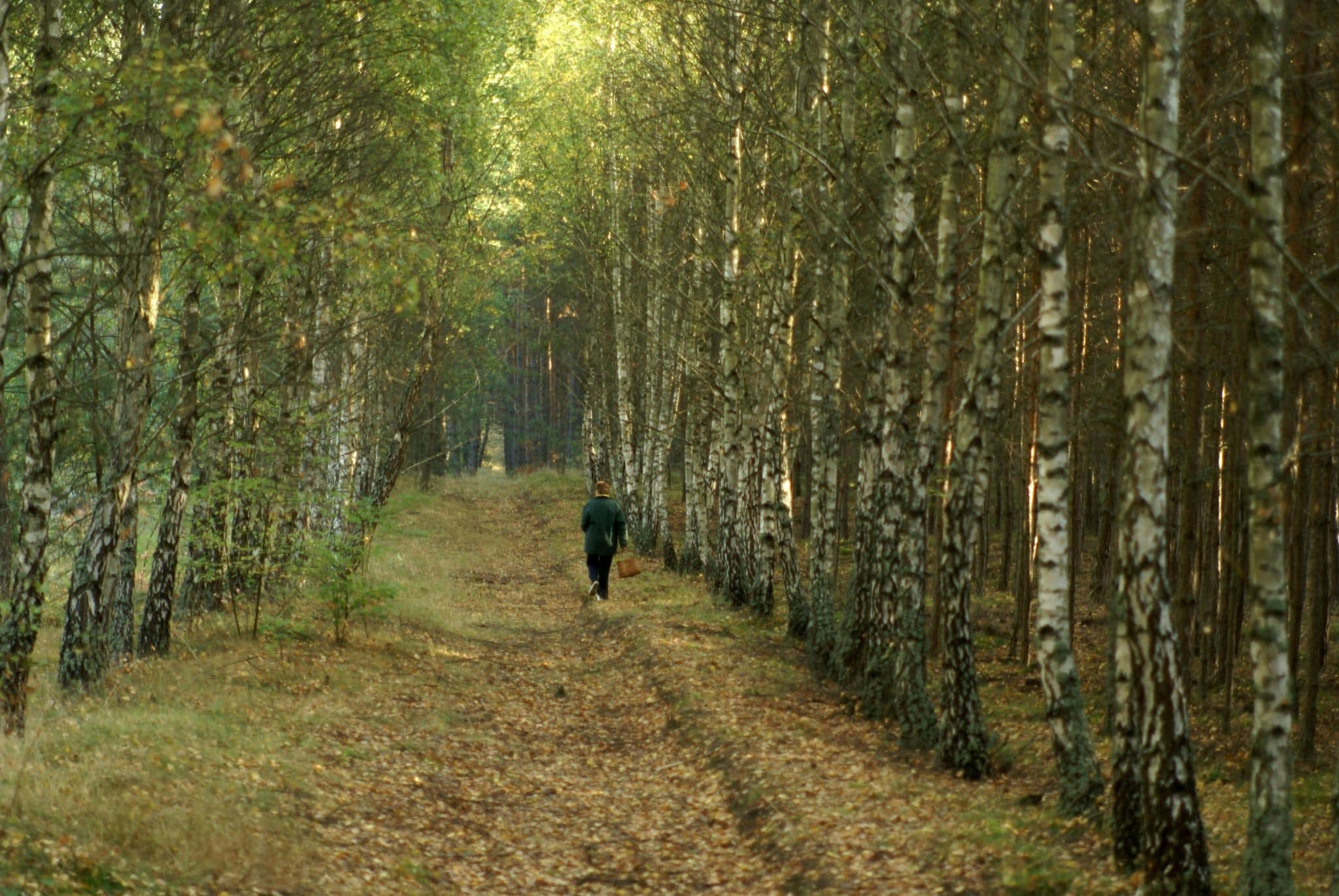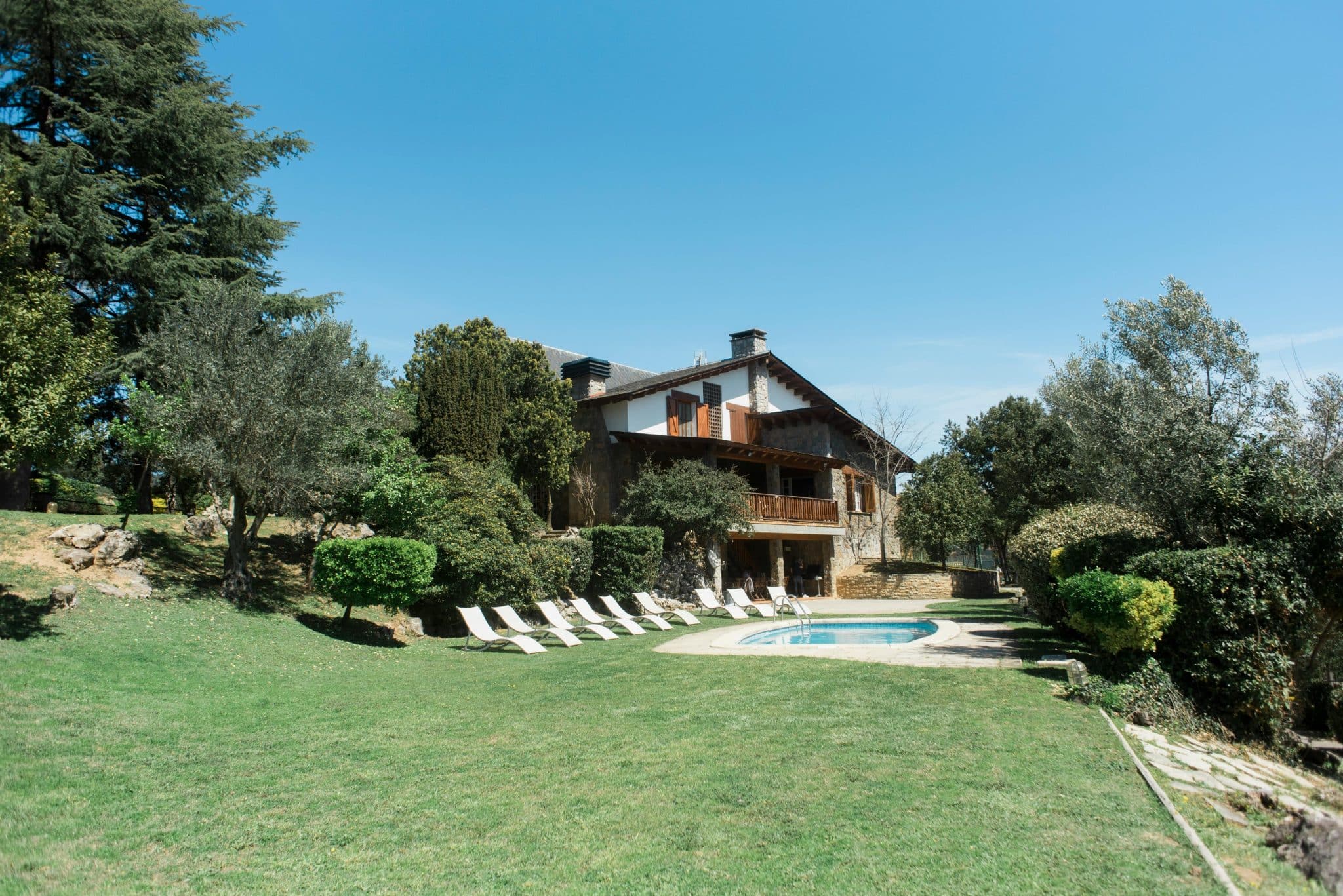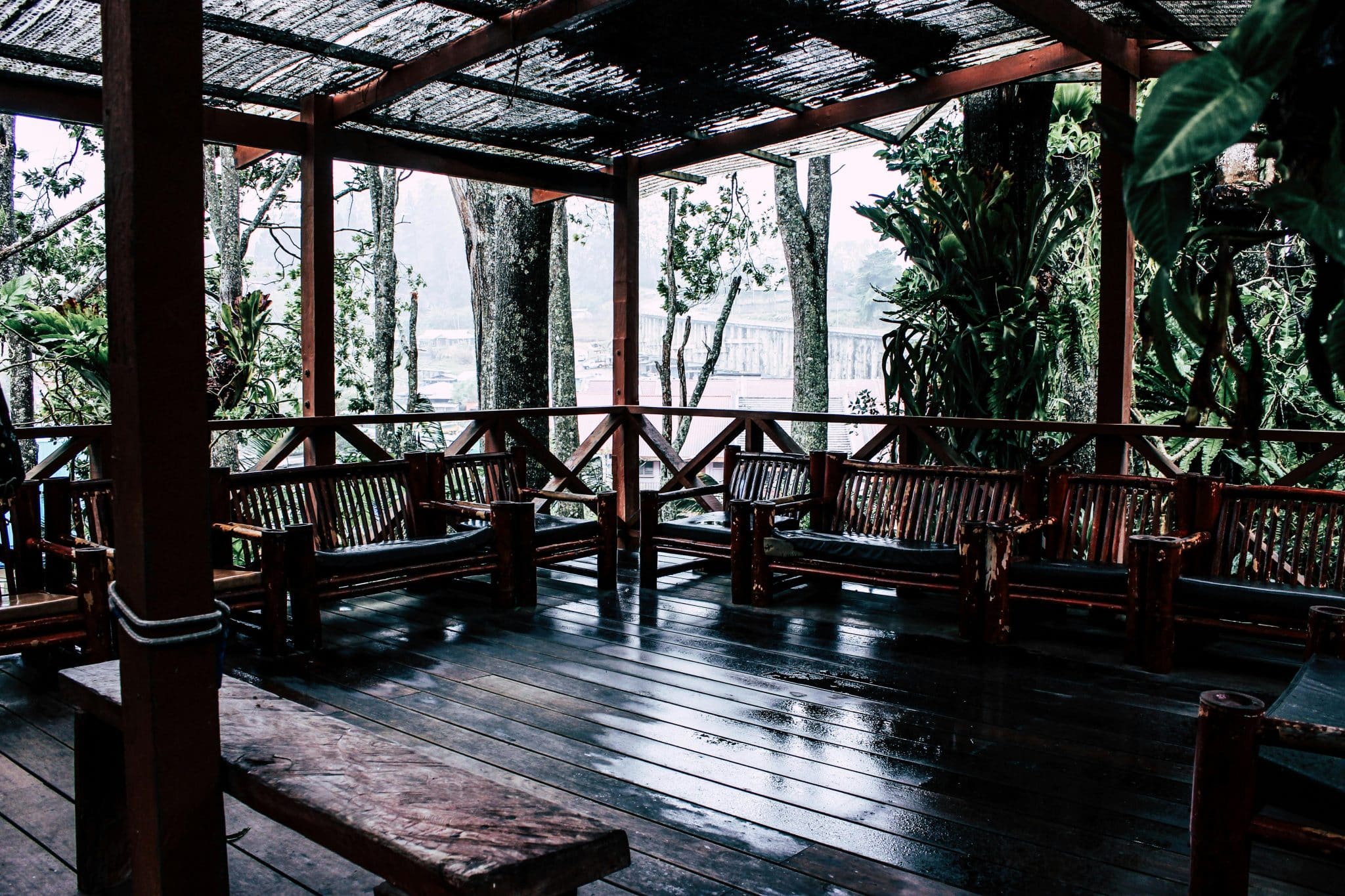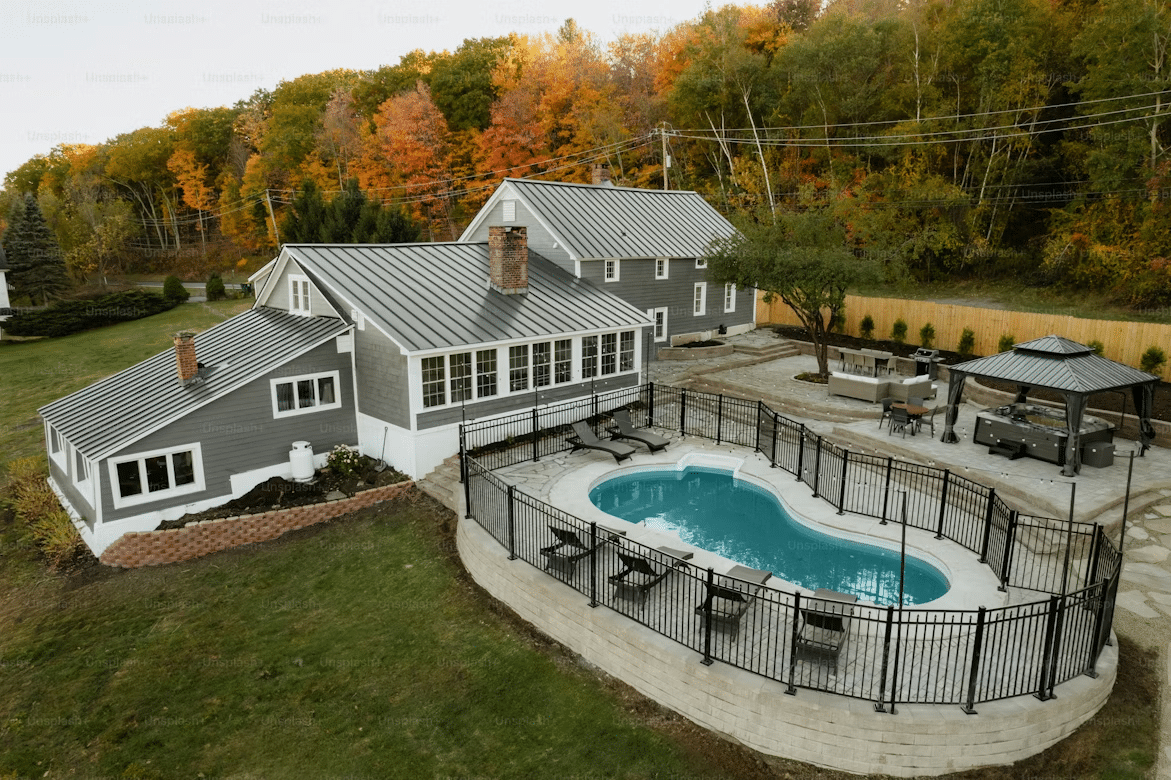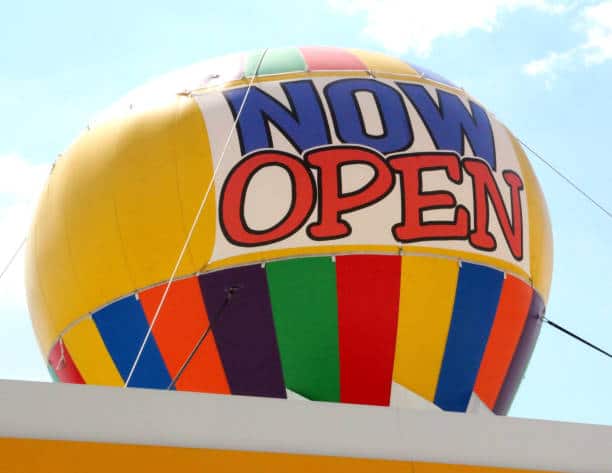When is the right moment to explore a place as vast and varied as Montana? With landscapes that shift dramatically from snow-covered peaks to rolling wildflower meadows, timing can define the entire experience.
Each season brings its own set of opportunities and challenges, from accessible high-alpine trails in summer to quiet, golden valleys in autumn. Understanding these seasonal changes helps travelers plan for the scenery, activities, and conditions that best match their interests.
Spring (March–May) – Wildflowers, Wildlife, and Shoulder-Season Peace
Spring in Montana brings a gradual awakening from winter’s grip, with valleys and foothills bursting into color as wildflowers bloom. Lower elevation trails open first, offering opportunities for hiking without the summer crowds.
Wildlife becomes more active during this time, with elk, deer, and bears emerging from the colder months. Birdwatchers will find plenty of migratory species returning, making it a rewarding season for nature photography. The air is crisp, and rivers run strong with snowmelt, creating dramatic landscapes.
One of the biggest draws of spring travel is the lower cost and smaller crowds compared to summer. However, travelers should prepare for unpredictable weather, as sunny mornings can turn into snow flurries by afternoon in some regions.
Many mountain passes remain closed until late spring, so sticking to accessible areas is key. If you’re looking for peace and quiet while still catching the first bursts of natural beauty, this season delivers a relaxed, authentic Montana experience.
Summer (June–August) – Peak Adventure Under the Big Sky
Summer offers the longest days of the year, giving travelers ample daylight to explore Montana’s expansive landscapes. This is the time to tackle high-altitude hikes, enjoy pristine alpine lakes, and experience white-water rafting or lazy river floats.
Fishing, horseback riding, and camping are at their best in this season, with warm temperatures in valleys and cool, refreshing air in higher elevations. National and state parks are in full swing, with all major roads and trails accessible.
While summer offers near-unlimited outdoor options, it also brings larger crowds, especially in well-known destinations. Accommodations often book months in advance, so early planning is essential.
Wildfire season can affect air quality and limit access to some areas, so checking current conditions before setting out is important. Despite these considerations, the variety of activities and the sheer scale of Montana’s landscapes make summer a favorite for travelers who want to fit in as much adventure as possible.
Fall (September–November) – Golden Larches and Crisp Air
Fall in Montana transforms the scenery into a rich palette of gold, orange, and red, especially in the western mountains where larch trees turn golden before losing their needles. The cooler weather is perfect for hiking, and many trails remain open well into October.
Wildlife activity peaks as animals prepare for winter, offering excellent chances for photographers to capture elk bugling or bears foraging. The air is clear, making for striking mountain views and vibrant sunsets.
This season is ideal for travelers seeking fewer crowds and a slower pace. Many services in smaller towns and recreational areas begin to wind down after Labor Day, so advance planning is recommended.
Temperatures can drop quickly, especially at night, and the first snowfalls may arrive as early as October in higher elevations. Still, for those who don’t mind the cooler conditions, fall offers some of Montana’s most photogenic and peaceful moments.
Winter (December–February) – Snowy Escapes and Cozy Towns
Winter in Montana is defined by snow-covered landscapes, frozen rivers, and a full range of cold-weather activities. Skiing, snowshoeing, ice fishing, and snowmobiling draw outdoor enthusiasts to the mountains and open spaces. Quiet forests and frosted valleys provide a sense of solitude that’s hard to find in busier months. Hot springs and fireside evenings add comfort after days spent in the cold.
The season comes with challenges, as travel can be impacted by heavy snow, icy roads, and extreme temperatures in some regions. Proper winter gear and awareness of weather conditions are essential.
For those prepared for the elements, winter offers a magical side of Montana where the scenery feels almost untouched. Whether it’s gliding over fresh powder or exploring a snow-dusted small town, this season shows the state at its most serene.
Road Safety and Preparation for Montana Travel
Driving in Montana often means covering long stretches of open road, sometimes with little cell service and few services in between. Before setting out, check your route for fuel stops, and fill up when you have the chance, especially in remote areas.
Keep a basic roadside kit in your vehicle, including a spare tire, jumper cables, extra water, snacks, and a flashlight. In winter, add blankets, a small shovel, and traction aids in case of icy conditions. Wildlife crossings are common, especially at dawn and dusk, so reducing speed in rural and forested areas helps prevent accidents.
Seasonal conditions can change quickly, making it important to check weather and road reports before departure. While the goal is always to avoid accidents through careful planning and safe driving, road conditions and other drivers can be unpredictable. Having the contact information of a reputable Montana car accident lawyer on hand can provide peace of mind in case an unexpected incident occurs during your travels.
In spring and early summer, melting snow can cause temporary flooding or slippery conditions, while fall may bring icy mornings even when afternoons feel mild. Drive cautiously on mountain passes and be aware that some roads may close due to snow from late fall through late spring.
Practical Tips for Seasonal Travel in Montana
Montana’s size and varied terrain mean that weather conditions can shift dramatically between regions and elevations, sometimes even in a single day. Packing layers is the best way to adapt, with breathable clothing for warm spells, insulating layers for cooler moments, and waterproof gear for sudden rain or snow.
Good footwear is essential year-round, whether it’s hiking boots in summer and fall or insulated, traction-friendly boots in winter. Sunscreen and sunglasses shouldn’t be overlooked, as Montana’s higher elevations can intensify sun exposure, even in cold months.
Reservations are crucial in peak summer months and during winter in popular ski areas, while spring and fall can allow for more spontaneous planning. Always check current road, trail, and weather conditions before setting out, as these can change quickly and impact your itinerary.
Conclusion
What do you want your Montana to look like, sunlit rivers teeming with trout, forests ablaze with fall colors, or snowy peaks under a starlit sky? Matching your trip to the right season ensures you experience the state at its most rewarding for your style of travel.
Every time of year offers a different rhythm, from the high energy of summer adventures to the calm beauty of winter landscapes. The key is to embrace the season’s character, knowing that Montana will always offer something extraordinary in return.

